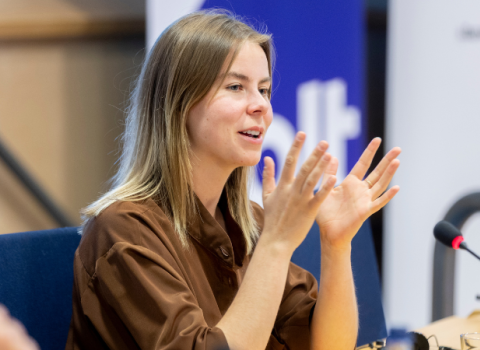- Reduction of import dependency by improving supply conditions from EU and other sources and providing resource efficiency and alternatives in supply.
- Bringing Europe to the forefront in raw materials sectors and mitigating negative environmental and social impacts.
The European Commission estimates that around 30 million jobs in the EU depend on access to raw materials. As many raw materials continue to increase in cost, particularly those that are non-EU sourced, the competitiveness of European manufacturing be affected. In order to maintain, and even increase competitiveness, the EIP will work to ensure more sustainable access for European industry to raw materials by creating better linkages between existing policy instruments, reinforcing Member State co-ordination and promoting the development of integrated value chains in the private sector.
The EIP will have its focus on non-energy, non-agricultural raw materials - metals and minerals, as well as other industrial raw materials such as natural rubber, paper and wood. Currently, Europe has to import 100 per cent of its natural rubber, 96 per cent of high-tech metals and 85 per cent of its iron ore.
Raw materials the green way
At a conference hosted by the Science|Business Innovation Board in September of 2012, Commissioner Potočnik said the Commission’s goal is to manage what is now perceived to be waste as a resource, encouraging its recycling and re-use, and creating economic incentives for the private sector to develop markets for secondary raw materials. Speaking about the role of the EIP, he said, “For the first time, we [European Commission] will put people together from the demand and supply sides to address the question of why innovation…is not going faster. That will provide us guidelines on what needs to be done and when, with timelines.”
In line with its role of determining the guidelines and timelines for a more competitive manufacturing sector, the EIP has proposed seven concrete targets to be reached by 2020:
- Innovative pilot actions, for example, pilot plants for exploration, mining, processing, collecting and recycling;
- Substitutes for at least three applications of critical raw materials
- Regulatory framework for primary raw materials that would provide stable and competitive supply from EU sources and will be supported by standards and/or voluntary certification schemes for EU mining operations;
- Network of Research, Education and Training Centres on sustainable raw materials management organised as a Knowledge and Innovation Community (KIC);
- Raw materials knowledge base with raw materials flows and trends, using standardised instruments for the survey of resources/reserves and an industrially relevant raw materials map covering primary and secondary raw materials;
- Enhanced efficiency in material use and in waste prevention, re-use and recycling, with a specific focus on flows that are common to many product life-cycles and have potentially negative impact on the environment; and identified opportunities and new ideas for innovative raw materials and products with market potential;
- Pro-active international cooperation strategy of EU at bilateral and multilateral level, such as the US, Japan, Australia, Canada in the different areas covered by the EIP.




 A unique international forum for public research organisations and companies to connect their external engagement with strategic interests around their R&D system.
A unique international forum for public research organisations and companies to connect their external engagement with strategic interests around their R&D system.